
 Caldecott House
Caldecott House
Abingdon, Berkshire
Caldecott House was, for many years, the home of the Hyde family. When its last owner, Major-Genral Bailie, died in 1918, the place became an hotel. Requisitioned during the last war, it was, finally, a Barnardo’s Children’s Home until its demolition, in 1972, to make way for the present housing estate.
SALTMARSHE CASTLE
| LOCATION | BROMYARD | |
| COUNTY | HEREFORDSHIRE | |
| YEAR DEMOLISHED | 1955 | |
| REASON | UNKNOWN |

ST LEONARD’S HILL
| LOCATION | CLEWER NR WINDSOR | |
| COUNTY | BERKSHIRE | |
| YEAR DEMOLISHED | 1924, 1970 | |
| REASON | ABANDONED, BECOMING DERELICT BEFORE DEMOLITION |
<< BACK TO MAIN PAGE 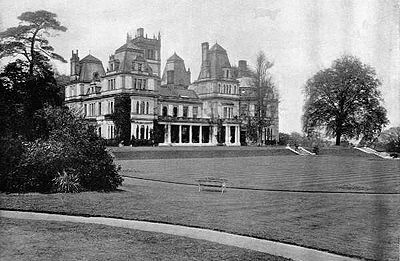
ST LEONARD’S HILL – PHOTOGRAPH FROM ‘BEAUTIFUL BRITAIN – THE SCENERY AND SPLENDOURS OF THE UNITED KINGDOM’ (PUBLISHED 1894) 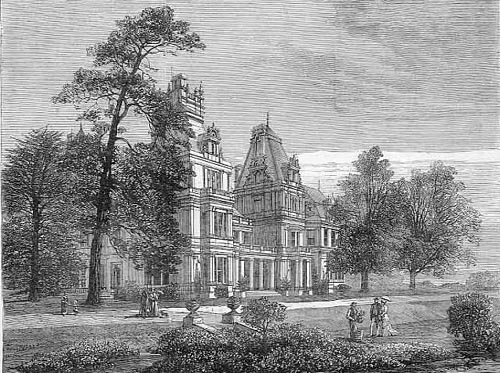
ST LEONARD’S HILL – PRINT FROM LONDON ILLUSTRATED NEWS

Aramstone House, King’s Caple, Herefordshire (Demolished)
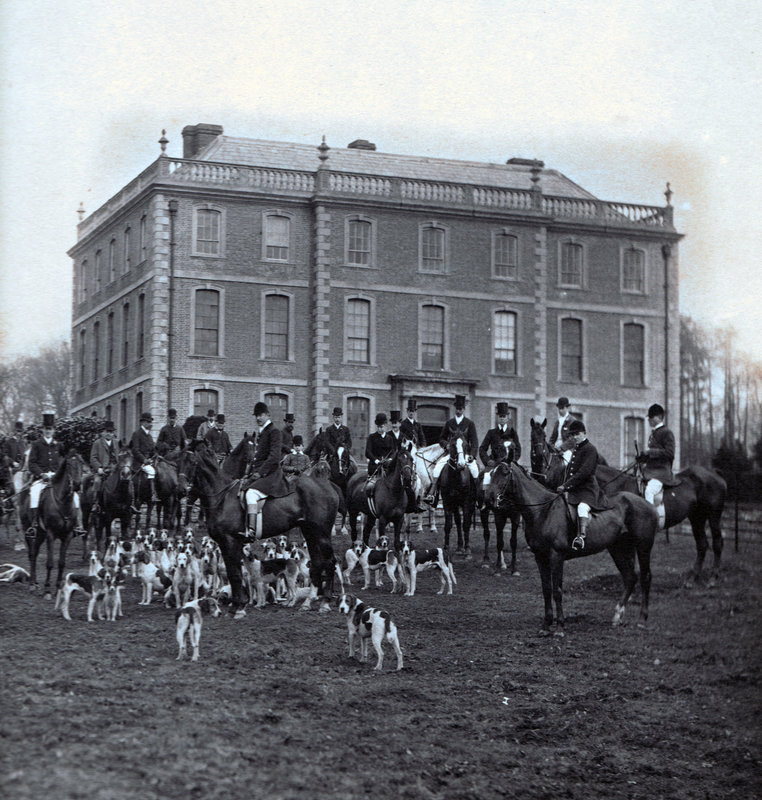



In answer to your question: Gardenmorris certainly was burnt down in 1923 along with very many other fine houses in County Waterford with all their contents including paintings (generally, the occupants were ordered to leave the house before it was doused in fuel and torched). There were some houses that escaped, notably Curraghmore House, the home of Lord Waterford – de la Poer Beresford. Gardenmorris (previously three-storey: see old museum photo attached) was subsequently rebuilt as a two storey house, and has been pink in colour as far back as I can remember. Maybe the fact that it was rebuilt made some people that you met think that it wasn’t burnt. Many of the big houses were rebuilt, I guess on the strength of their insurance at the time. Others were not and only their ruins remain.
During the Irish civil war when the anti-treaty IRA were burning big houses they appeared to be indiscriminate. Their purpose was apparently to undermine the new 26-county Irish state including houses of those perceived to have influence. It apparently did not matter whether a big house was owned by Catholic or Protestant. Gardenmorris was owned by the Catholic Poer-O’Shee family who in 1874 had built the neo-gothic Catholic church for the local village of Kill. In the mid 1700s, the family had also built the tiny remote Roman Catholic church in Faugheen valley (where you also prospected in 1960). The latter is possibly the earliest catholic church in the county that is still in use, though only once a year in mid-August. The Poer-O’Shee family were generally respected in the area down through the generations. They sold Gardenmorris estate in the 1970s to a local family. As you see in the photo, they have maintained the house well.
Best regards
Aidan
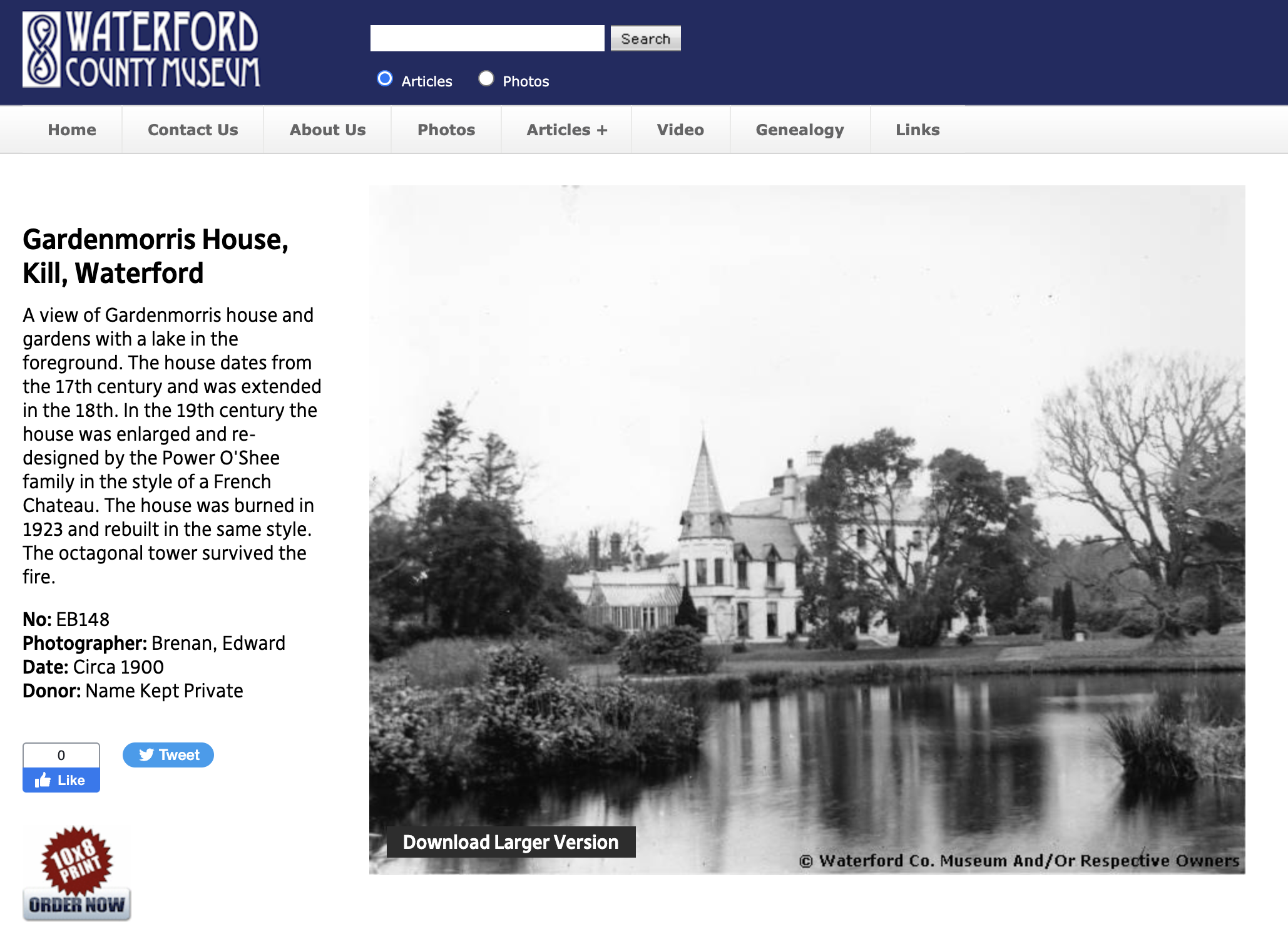
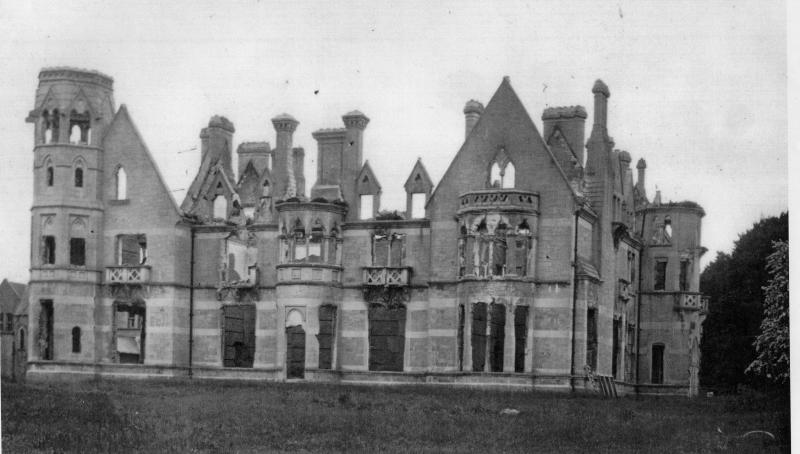


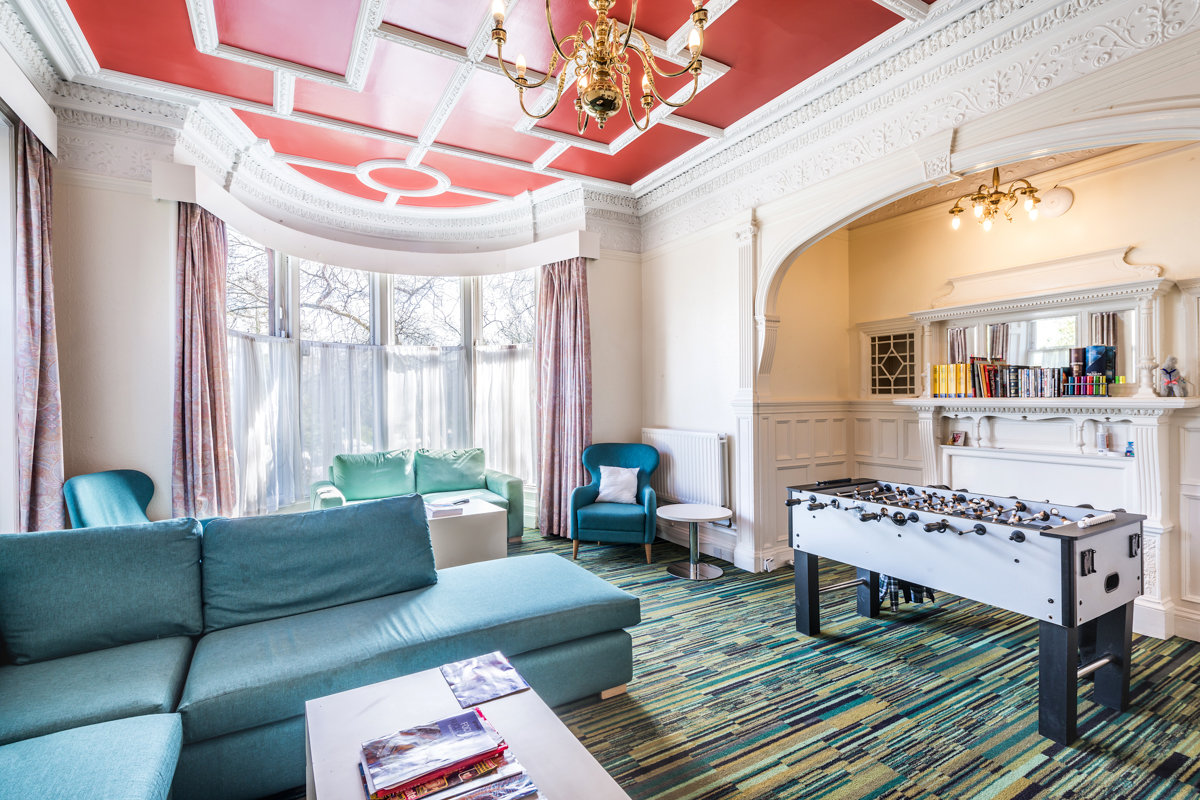
I loved my time in Kitchener. Super affordable, spacious rooms and so close to Kings Buildings. Great for socialising too, with the events organised by the RAs. The cleaning staff were lovely, always up for a chat and in a couple of weeks they knew all of us. The wifi crashed a couple of times, but they solved it within a couple of days. Highly recommend.
